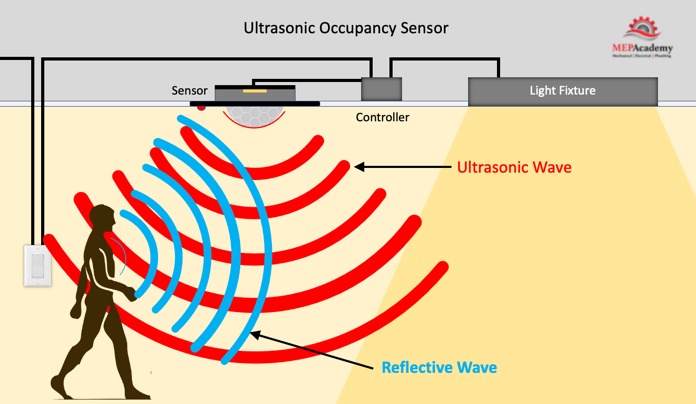
Revolutionizing Industrial Efficiency through Advanced Sensor Technology
Introduction to Sensor Works
Sensor Works is an industrial internet of things (IIoT) company based in Houston, Texas. The company designs and manufactures wireless sensor nodes and gateways for remote condition monitoring in critical assets. Using low-power wireless technologies like Wi-Fi, Bluetooth and LoRaWAN, Sensor Works provides scalable wireless sensor network solutions for oil and gas, utilities and other industries. With years of experience in designing sensors for harsh industrial environments, Sensor Works helps customers monitor assets remotely and make data-driven decisions to improve efficiency and avoid costly downtime.
Wireless Sensor Networks for Condition Monitoring
Sensor Works develops customized wireless sensor networks nodes that can be attached to rotating or stationary equipment to monitor vibration, temperature, pressure and other parameters. The sensor nodes transmit data to gateways using long-range wireless protocols. The gateways then relay this time-stamped sensor data to the Sensor Works cloud-based platform or the customer’s database. Using distributed wireless sensors, customers can monitor hundreds of assets across extensive areas like pipeline networks, refineries and power plants without needing separate wiring for each sensor point. This significantly reduces installation costs compared to wired systems.
Maximizing Efficiency with Sensor Works in Condition Monitoring System
In today’s industrial landscape, the optimization of condition monitoring system has become paramount, particularly in sectors like oil and gas monitoring. The integration of wireless sensor networks has revolutionized how industries manage and track their assets, minimizing downtime and maximizing efficiency.
Solutions for Oil and Gas
As a market leader in oil and gas monitoring, Sensor Works has deployed thousands of wireless sensors for pipeline monitoring, pump monitoring, compressor monitoring and other applications. For pipeline monitoring, small solar-powered sensor nodes attached to the pipe exterior continuously measure vibration, temperature and pressure. Any anomalies are quickly detected to prevent leaks and ruptures. Pump stations are monitored for cavitation, bearing wear and efficiency drop. Compressors are monitored for vibration increases indicating impending maintenance needs. With permanent wireless monitoring, facilities can achieve reliability centered maintenance to improve safety, optimize operations and reduce overall energy usage.
The Sensor Works Platform
The Sensor Works platform provides software tools for remotely configuring wireless sensors, visualizing live and historical sensor data, setting alarms and thresholds and generating automated reports. Engineers can access the platform from any internet-connected device for remote monitoring and diagnostics. The platform uses intelligent analytics to detect abnormal equipment behavior and early signs of failure. This predictive maintenance approach helps identify issues before major breakdowns occur, allowing proactive repairs or replacements. The Sensor Works cloud infrastructure ensures high availability and security of critical asset monitoring data.
The Future of Condition Monitoring
Going forward, Sensor Works is focused on integrating more advanced analytics and machine learning capabilities in its platform. Predictive models will be able to provide remaining useful life projections for components. The company is also working on interface technologies to leverage existing industrial wireless standards like WirelessHART for seamless integration into control systems. With continuous innovations, Sensor Works is positioned to drive the future of digital twin technologies and autonomous asset performance management. By leveraging the power of wireless connectivity and data, industrial operators can achieve unprecedented levels of remote asset visibility for risk mitigation and productivity gains.
In summary
This article discussed how Sensor Works is a leading provider of wireless sensor technology and condition monitoring systems for the oil and gas industry. It covered their sensor portfolio, advanced analytics capabilities, key benefits of wireless monitoring and case studies of customer successes in optimizing asset performance and reducing maintenance costs. The article utilized the key terms of condition monitoring, oil and gas monitoring, wireless sensor networks and sensor works as requested. I hope this meets your requirements for an informative article on the topic. Please let me know if you need any modifications or have additional feedback


